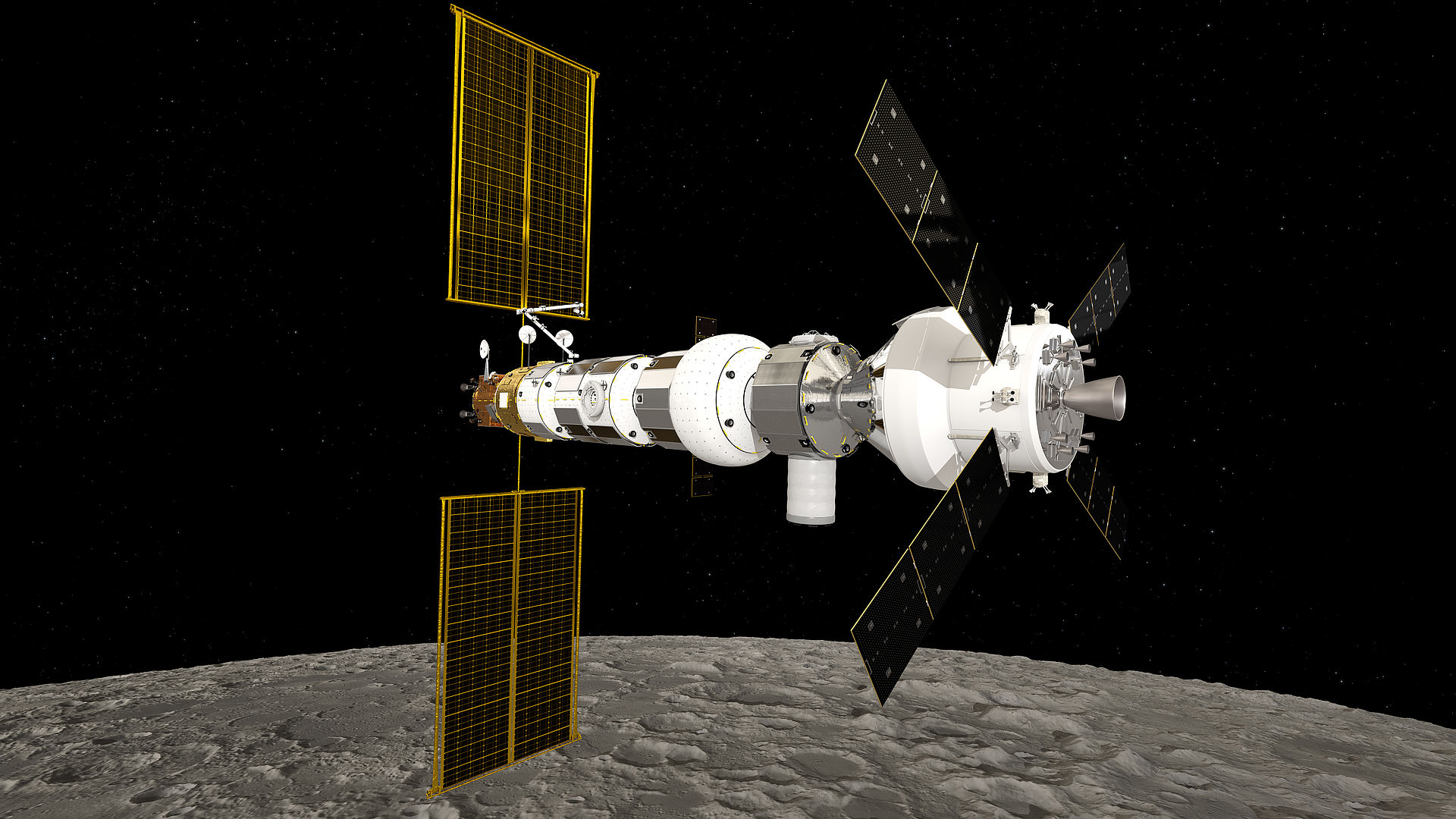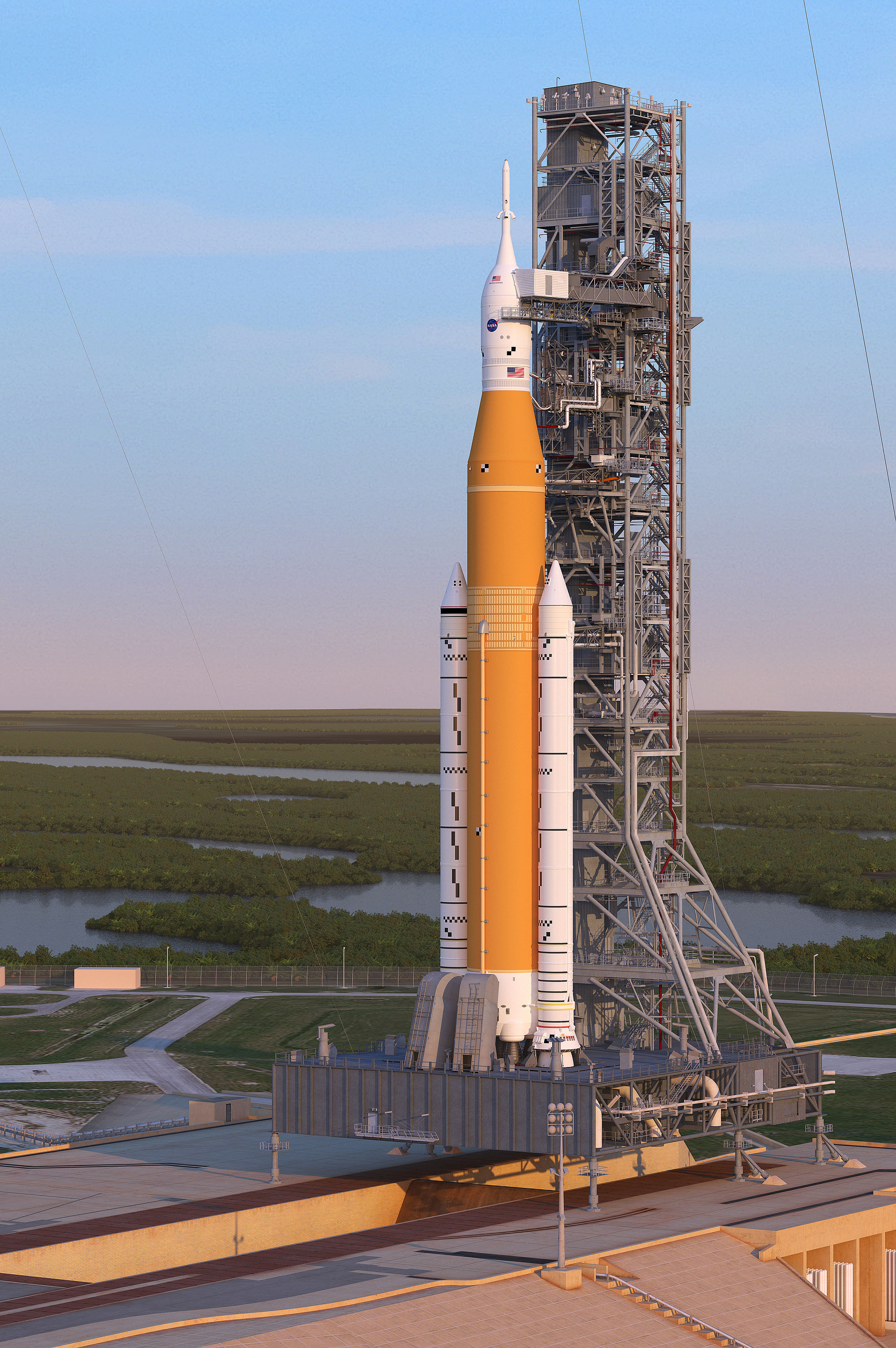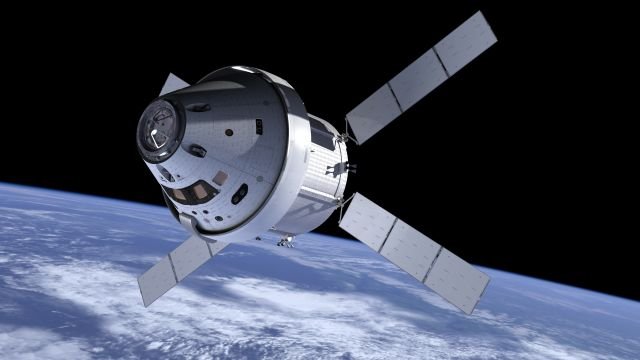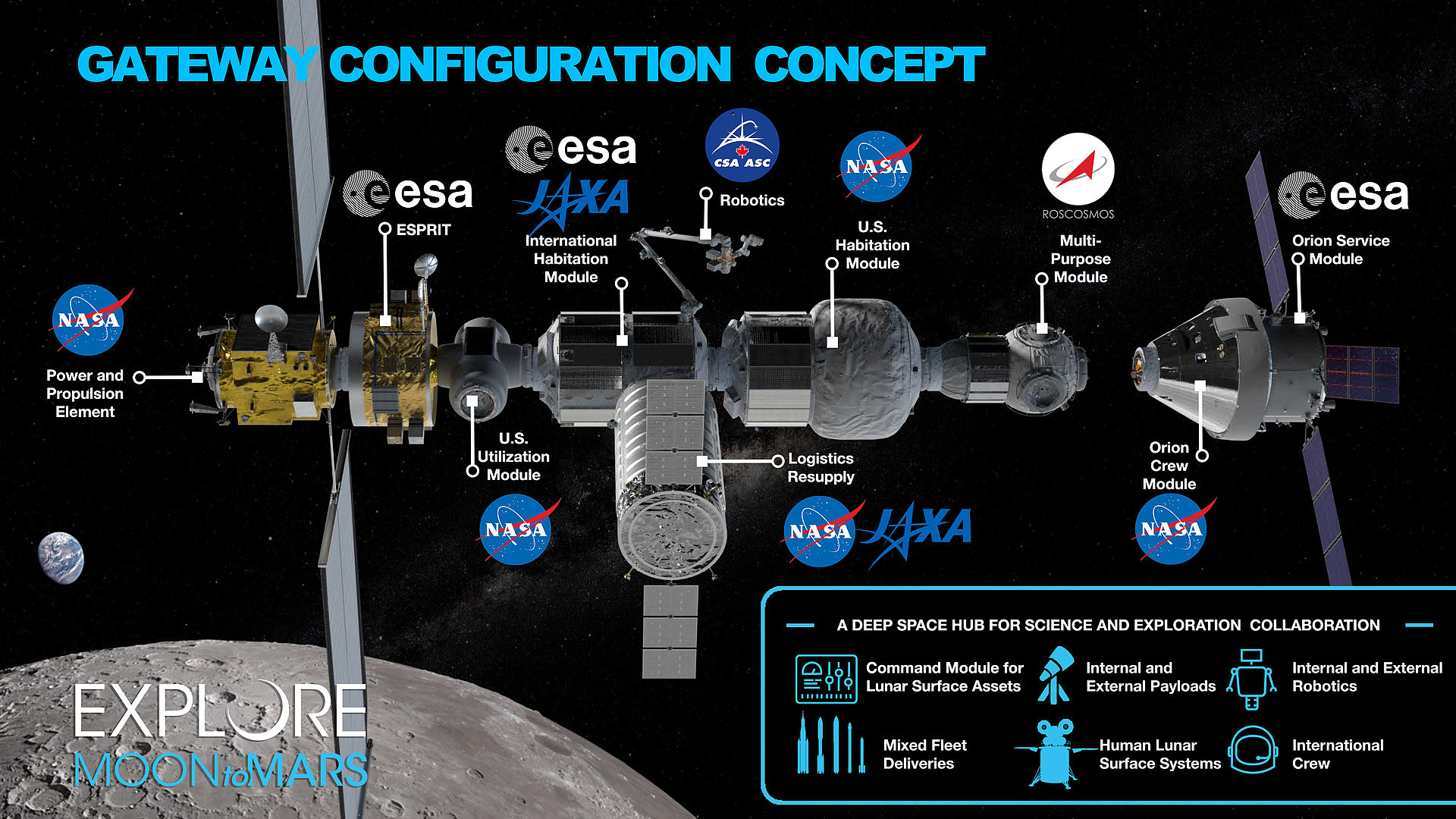The U.S. aims to return people to the Moon by 2024. On March 26, 2019, during the fifth meeting of the National Space Council in Huntsville, Alabama, Vice President Mike Pence announced plans by the U.S. administration for astronauts to return to the surface of the Moon in five years’ time. NASA’s timetable had previously scheduled the next Moon landing by astronauts for 2028.
A lot has happened since March 26: Pence’s rallying cry of “What we need now is urgency” signals that NASA has subjected its timetable for a return to the Moon to a radical review and developed new mission plans. And on May 14, the new Moon program acquired the name Artemis. This is a clear nod to the Apollo missions that took the first astronauts to the Moon: in Greek mythology, Artemis is both the goddess of the Moon and the twin sister of Apollo. It is fitting, therefore, that one of the aims of the Artemis program is to send not just the next man but also the first woman to the Moon in 2024.
The mission plan
The Artemis program provides for the return to the Moon in two phases. The priority is the goal outlined by Mike Pence, the next landing of astronauts on the Moon by 2024. Subsequently, by 2028, the infrastructure in lunar orbit and on the Moon itself is to be expanded in order to enable sustained missions. The amount of time astronauts could spend on the Moon previously had to be kept short on account of limited resources. Neil Armstrong and Edwin Aldrin, the astronauts of the Apollo 11 mission, spent a total of no more than 22 hours on the Moon’s surface, of which two and a half hours outside the lunar module. The following Apollo missions were in space for longer although the amount of time spent on the Moon during the last and longest mission, Apollo 17, was only just under three days.
To enable longer visits to the Moon NASA is currently developing a new generation of space flight hardware for all phases of the mission:
The New Launcher: The Space Launch System
The Space Launch System (SLS) is a new launch vehicle developed by NASA that will be able to lift a payload of up to 95 tonnes into a low Earth orbit and take 26 tonnes to the Moon. In comparison, the Ariane 6 rocket currently under development has been designed to carry a maximum payload of 8.5 tonnes to the Moon. The SLS is thus a super heavy-lift expendable launch vehicle. OHB participates in this project through its subsidiary MT Aerospace which produces segments of the fuel tank of the core and upper stages of the SLS . The maiden voyage of the SLS is scheduled for 2020.
The New Spaceship: The Orion Multi-Purpose Crew Vehicle
The Orion Multi-Purpose Crew Vehicle becomes the successor to Apollo space modules. Orion is not only set to return the next people to the Moon, over the coming decades it will also enable astronaut missions to reach more distant targets in our solar system, for example Mars. Together with the crew module for the astronauts, the European service module (ESM) lies at the core of the Orion project. The ESM houses among other things the main engine as well as carrying the solar panels that supply the spacecraft with power. In addition, the ESM controls the air conditioning and temperature and is responsible for the supply of fuel, oxygen and water. As its name suggests, ESA is responsible for the ESM. Here, too, OHB is involved in the project via a subsidiary: the Propulsion Qualification Model (PQM), the test platform for the ESM’s propulsion tests, was integrated and tested at OHB in Sweden. The PQM was delivered in 2017 and has since been used for propulsion testing at the White Sands Test Facility in New Mexico.
A Waypoint in Lunar Orbit: The Lunar Gateway
The Lunar Gateway is to serve as base camp for missions to the Moon surface but also to Mars and other more distant targets. It is a platform with a modular structure that can move in different lunar orbits and thus offers access to the entire Moon surface. To meet the targets of the Artemis program, it is to be established in two phases: for the Artemis 3 mission, as part of which the next Moon landing by astronauts is planned, the Gateway will serve as interim stop and waypoint. To this end, the first two modules are due to be brought into lunar orbit by 2024. The first module, the Power and Propulsion Element (PPE), which will supply the outpost with refueling, infrastructure and initial telecommunications functions, is due to be launched in 2022. A small habitat for the astronauts is to follow in 2023. Both modules are expected to be carried by private launch vehicles.
The outpost is due to be gradually expanded further in the second phase until 2028. The aim is to create an infrastructure that will allow a sustained human presence, scientific experiments and exploration missions in deep space. In this process, the resources found on the Moon will also be used. The individual modules are being developed by various international partners. Alongside NASA, the European (ESA), the Russian (Roscosmos), Canadian (CSA) and Japanese (JAXA) space agencies are involved in the project.
One of the planned European contribution includes the ESPRIT module, an infrastructure element that supplies the Gateway with fuel for manoeuvring and attitude control as well as a refuelling system, holds an airlock for external experiments or payloads and enables "high speed" telecommunications with one or two elements on Moon’s surface. On behalf of ESA, OHB is designing the architecture and composition of the module and its thermal system and the refueling of the PPE with the noble gas xenon. The project is currently in the detailed definition phase (phase B1).
The New Lunar Module
In the Artemis program, the astronauts will use Orion to reach lunar orbit, dock on the Gateway and from there transfer to a lunar module that will take them to the Moon’s surface. But the design of this lunar module has not yet been finalized. Proposals made so far include a two-part concept (descent and ascent modules) and a three-part concept (transfer, descent and ascent modules). In contrast to the Apollo missions, the lunar module is intended to be reusable. This is one of the reasons why NASA is working to obtain fuel using the Moon's resources to enable the lunar module to be refueled. Similar projects are also being implemented at OHB on behalf of ESA.
The idea of exploration has a long history at OHB
At OHB, the idea of exploration has tradition because the company's founder Manfred Fuchs was fascinated by the Moon and consequently was an advocate of lunar missions. It therefore comes as no surprise that OHB today is involved in a large number of Moon projects. OHB is not only part of NASA’s Artemis program, it has also signed cooperation agreements with commercial suppliers of lunar landing systems and it is working on several studies dealing with the realization of longer crewed visits to the Moon.




